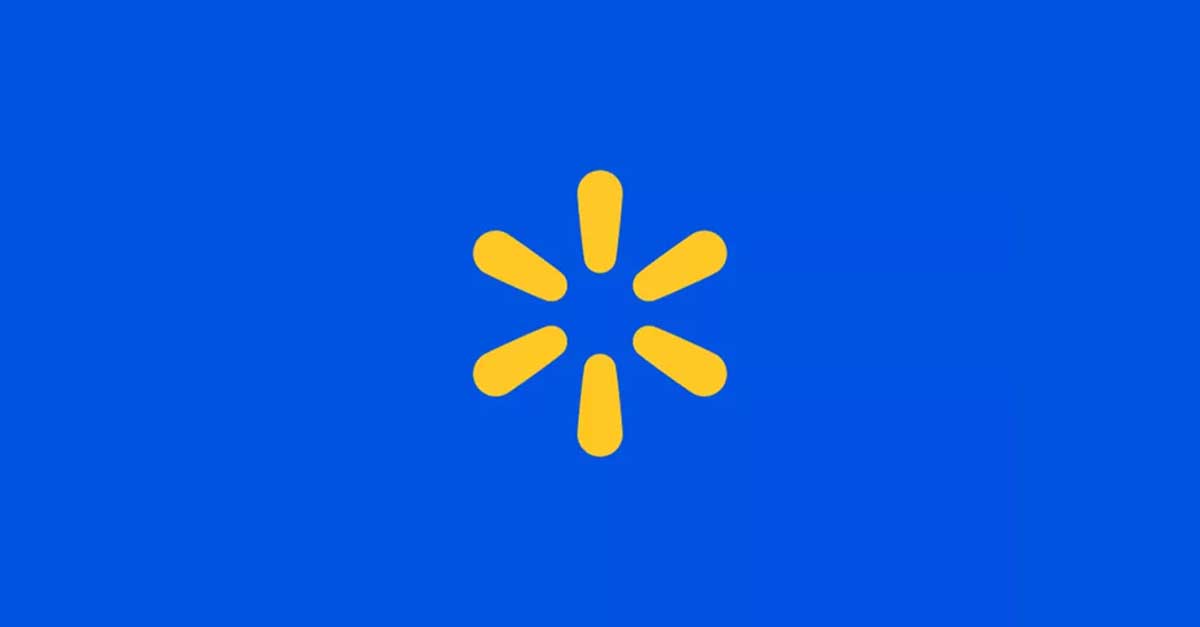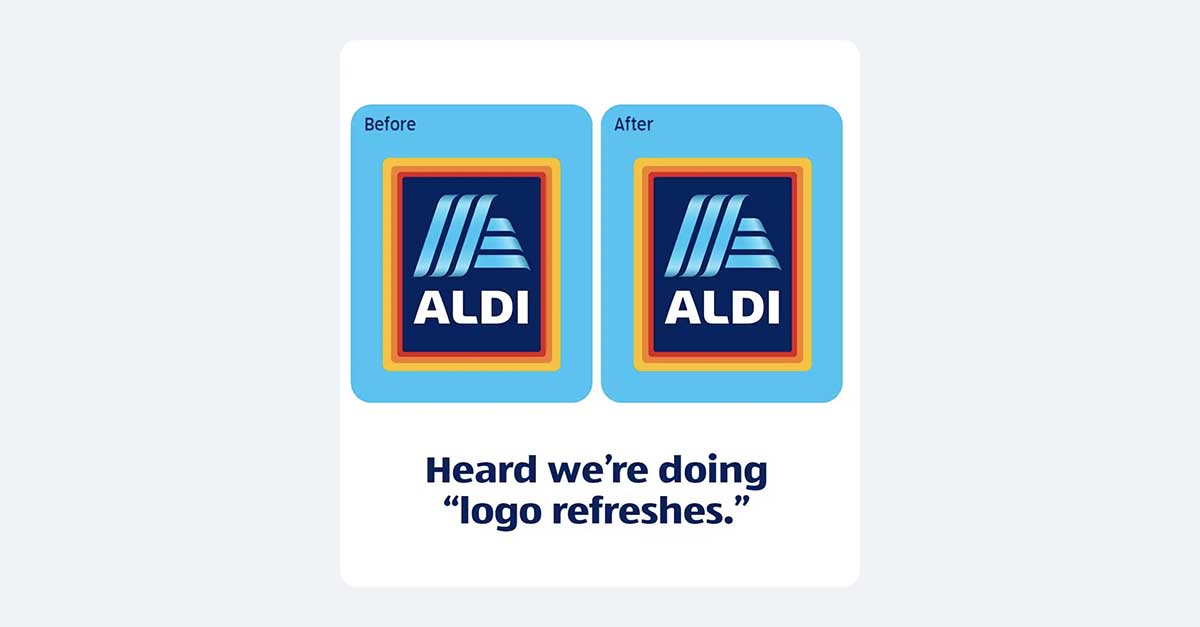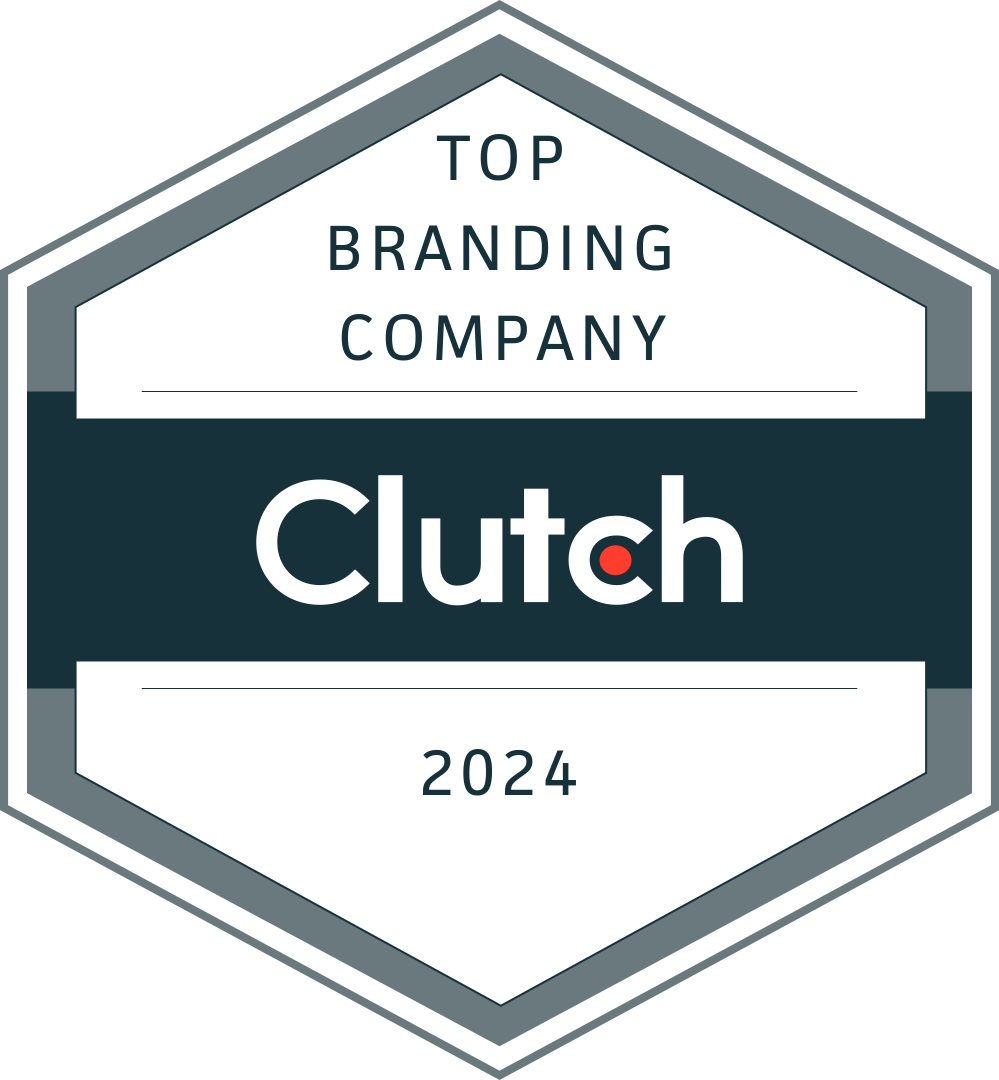This is the fourth post in a five-part series designed to help organizations navigate the journey of finding their ideal branding partner.
You’ve decided to hire a branding partner and received proposals from several agencies. You’ve read through the submissions and shortlisted those that match the criteria outlined at the beginning of the search. Now what? A helpful next step is to invite potential partners to a pitch meeting with your team. We suggest including 2-4 finalists you’d like to continue the conversation with. Keep in mind that the more agencies you invite to pitch, the more time your team will need to dedicate to the process.
There are a few benefits to including a pitch meeting in your search process:
- As we’ve discussed all along, culture fit is important. If you’ve spent time vetting proposals, the agencies you shortlist will most likely all do a good job creating the deliverables outlined in the scope. The difference is really the people you’ll be working with. At this point, you’ve probably only been dealing with one or two people from the agency. A pitch meeting allows you to meet the rest of the team members you’ll (hopefully) be working with throughout the course of the relationship. And the culture check goes both ways…we also like to meet more of your team as well!
- A pitch meeting is another great opportunity to ask questions and allow agencies to provide clarity on the proposal they submitted. Building trust is important at this stage.
At Tenet, we like to schedule a short call prior to a pitch meeting to prepare for our time together. The better prepared an agency is in front of your colleagues, the better it reflects on the hard work you’ve put in to find a partner. Some of the topics we might discuss during that call include:
What did you like about Tenet and our proposal?
Understanding what resonates will help us focus our discussion and make sure to emphasize the points and information that are most important to your team. Were there any case studies that stood out that you’d like to learn more about? Did any steps in our approach differentiate us? Are there any holes we need to fill in?
How do you want to use our time together?
We want to ensure that our conversation is structured to deliver the information that will be most interesting to your team. Do you want to understand the process better, or talk through case studies where we’ve tackled similar challenges before? Were there any unanswered questions or concerns you’d like us to address with your team?
What is your team’s overall perception of and familiarity with branding?
It’s helpful for us to know who is attending the pitch meeting from your team and how familiar they are with branding. If everyone has been through a rebranding process before, we might not need to spend as much time discussing the details of our approach and can dive deeper into other areas. On the flip side, if there are team members who have no exposure to branding, we can spend time discussing the importance and impact that a strong brand can have on your business.
What are your team dynamics?
Are there any members of the team that aren’t on board or supportive of refreshing your brand? Do certain team members tend to ask a lot of questions, or do we need to actively engage people to receive feedback and encourage conversation? Are there topics of interest or concerns for particular team members that we should address? Knowing more about your team dynamics and the people in the room will help us have a more productive conversation and alleviate concerns for your team.
In addition to helping prepare agencies for productive meetings, there are several things you can do to make the process as seamless as possible:
Make sure your decision-makers are in the “room”
Whether the meeting is in-person or virtual, it’s crucial to have the core decision-makers attend all pitch meetings so they can interact with the agencies firsthand and ask the necessary questions. This will facilitate buy-in and ensure a successful start to the relationship with a partner decision that all stakeholders can get behind.
A scoring rubric can be helpful
Determine with your team how you will evaluate agencies to make your final decision. The criteria you outlined when starting your search is a good place to start. Not all organizations use a scoring system or rubric and prefer to choose an agency solely based on culture fit, but a rubric can help remove some of the subjectivity of the decision. This could be especially helpful if you have a large decision-making team or many agencies included in the process. If you develop a rubric, it’s beneficial to share it with the shortlisted agencies before the meetings so they understand how they’ll be judged and the criteria that are important to your team.
Prepare questions for the agencies
Some common questions we receive include: Will the team members attending this meeting be the ones actually working on our business? How do you typically collaborate and work with clients on a day-to-day basis and throughout the partnership? How do you facilitate stakeholder engagement and buy-in throughout the process? What are your expectations of us as a client during the relationship?
Check references
After the pitch meetings, it may be helpful to connect with one or two of the finalist agency’s clients to discuss their experience working with that agency. We value our clients’ time (just as we would yours if you became a client!), so at Tenet we like to confirm that we’re a finalist and seriously being considered before sharing our client’s contact information.
It’s now time to make the decision. Hopefully, the choice will be obvious and your team will unanimously agree on the perfect partner! But if that’s not the case, here are some points to consider:
- Did the agency put thought into your specific situation and demonstrate an understanding of your business and brand, or did they speak about themselves for most of the meeting? At Tenet, we like to dive into your brand as much as possible before our meeting and come prepared with initial insights. This enables us to have a more productive conversation with your team.
- Did you meet the team that you’ll actually be working with? Will there be senior-level team involvement throughout the partnership? At Tenet, we prioritize bringing the team members who will work on your business. And as a mid-sized agency, we dedicate senior partner attention to every client.
- Are you excited to work with these team members for months or even years? Sometimes, it just comes down to who is the best cultural fit. We value forming long-lasting client partnerships (our average relationship lasts 12 years), so enjoying working together may be just as important as anything else.
After you decide on your partner, it’s important to provide feedback to the agency you selected and those you did not. More on that in the next post.













